As Liza Minnelli once sang, money makes the world go round…
It sure does. But where does it all come from?
Being a political geek, I always watch the chancellor give his budget statement and marvel at the way the figure of billions just rolls off the tongue.
He’ll spend X hundred million here, a few billion there and so on.
Of course, it’s worth mentioning here, governments don’t actually have any money. It’s our money.
Governments borrow money all the time, they have to. But because of coronavirus – or should I say our over-reaction to it – our government has borrowed record amounts.
Whether you agree with me or not, I have been consistent in my criticism of locking down the entire population and the economy from day one of this virus.
I’m not a virus denier, but the way we shut down everything for almost two years, which we’ll be paying for for decades, I think was knee jerk at best and catastrophic at worse.
Let’s see what history says about it in 10 years’ time.
Anyway, rant over, back to borrowing.
Yes, we’ve borrowed record amounts to pay for Covid. Sorry, I feel another rant coming…
I’ve watched in astonishment that the same people and opposition politicians who said furlough should be extended and more paid out, often then complained when taxes were later increased.
I don’t like tax rises any more than anyone else, but we cannot expect the government to pay our wages for nearly two years then not try to claw money back into the kitty somehow.
There is no magic money tree. Covid will have to be paid for – I said it at the time. Now we are paying. Second rant over, sorry, back again to borrowing.
According to the latest figures that I could find from the Office for National Statistics, for the 2021-2022 financial year, government borrowing was £143.7 billion.
It’s one the highest ever since records began in 1947. Yet, even this huge amount is less than half of the £309 billion we borrowed the year previous.
Why do governments borrow money? Simple, they are forced to do so when they spend more than they take in income.
Most of government income comes from our taxes, be it income tax, VAT, capital gains or corporation tax.
A government can actually cover all its spending from tax intake, and it sometimes does, but not often. So, what about when taxes are not enough? Where does our government borrow those billions from?
Our government, in fact nearly all governments, borrow money by selling bonds. A bond is simply a “promise” to make payments with interest to whoever took out the bond and holds it on the final date.
The agreed interest rate is known as a coupon, and it can be paid once per year or quarterly or monthly.
For example, you pay £10,000 into a 10-year government bond with a 5% annual coupon. Each year, the government would pay you £500 in interest, then at the maturity date they would also give you back your original £10,000.
According to my amateur maths, that mean you make £5,000 in profit. Nice. Although you still have to pay 20% tax on that profit. Still though, not bad.
Despite the fact that it’s mostly large financial organisations such as banks, private pension funds and such like that buy government bonds, individuals like you and me can also purchase them. The Bank of England even buys government bonds to help the economy. It goes by the fancy name of “quantitative easing”, and over the years for the figures I could find, the Bank of England has bought a staggering £900 billion of bonds.
If you as an individual lend a bloke down the pub some money, chances are you’ll never get it back. Remember the phrase “never a lender nor a borrower be”.
My dad taught me a serious life lesson many years ago. I asked him for 20 quid one day. He gave it to me and I said: “Thanks dad, I’ll pay you back next week.” And I had every intention of doing so. However, the week passed in my young life and I forgot about it. He hadn’t, of course, but never said a word.
A few months later, finding myself a bit short, I once again asked him if he could lend me another 20.
“No, sorry,” he said. I was taken aback: “Why not?” I asked.
“You still haven’t paid me back that 20 from April.”
And he didn’t budge, he would not lend me any more until I paid the original sum back.
Lesson learned. Thanks dad.
Bloke down the pub aside, it’s always a tricky situation lending money to family and friends, for it can cause strains in relationships if not paid back.
Maybe you have experienced this yourself. Be careful is my advice. Sometimes saying “sorry, no” to your mate is often better than risking a close relationship.
But government bonds are seen as a pretty safe bet, right? Well, yes, but it has to be said that a government bond is only really an IOU. So, its safety all depends on which government you borrow from.
If the bond is issued by, say, the UK, US, Germany or Canada, then I’d think you can sleep safe in the knowledge that you’ll get paid back, on time and with interest. But buy a bond from a third-world country, where they may offer you huge interest to tempt you as they are desperate to get cash, well, it’s much more of a gamble. Not all government bonds are the same. Choose wisely.
Fascinating things government bonds. When researching this column, I discovered that some bonds can be repaid in as little as one day, but most run for years. The longest, I believe, is 55 years.
When a government won’t or can’t pay back what it owes, it’s called a sovereign default. In 2015 Greece defaulted on a $1.7 billion payment to the International Monetary Fund. If a country does default it seriously damages its financial reputation and makes it harder for it to borrow again. Just like that incident with me and my dad…
As I write this column, I read on the BBC that Russia has just defaulted on its foreign debt repayments for the first time since 1918. To be fair to Russia, it has the money, it’s making more than $1 billion per day from oil and gas sales, but due to sanctions and being shut off from the international banking system it cannot get the money to its creditors. It will be fascinating to see how that all pans out.
As a nation we’ve borrowed serious money recently. So, what is our current debt? According to figures in May 2022, our debt reached £2.3 trillion. That’s silly money and worryingly almost the size of our entire economy.
With inflation, strikes, food and petrol prices rocketing, it feels more like the good old 1970s than the third decade of the 21st Century.
One thing to be said for the ’70s, which I remember – just – at least we didn’t have political correctness strangling our country.
On the subject of money, do you still have any old paper notes lying around the house? Well, be aware for they soon won’t be worth the paper they are printed on. You’ve only got a couple of months to get them to your bank and exchanged before they got out of circulation and you won’t be able to spend them. Only the new plastic ones will be valid.
Mind you, the way inflation’s going, maybe even the new polymer notes won’t be worth the plastic they are printed on soon.
Happy days, eh?
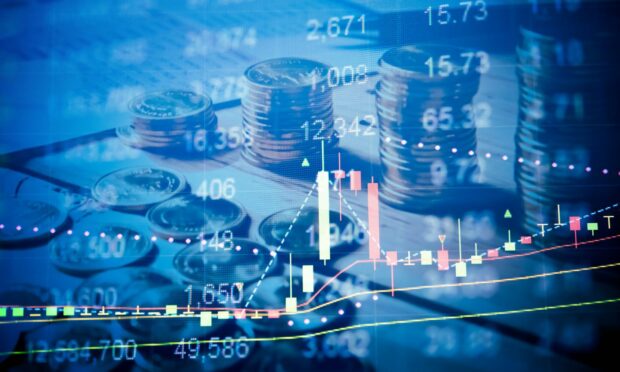
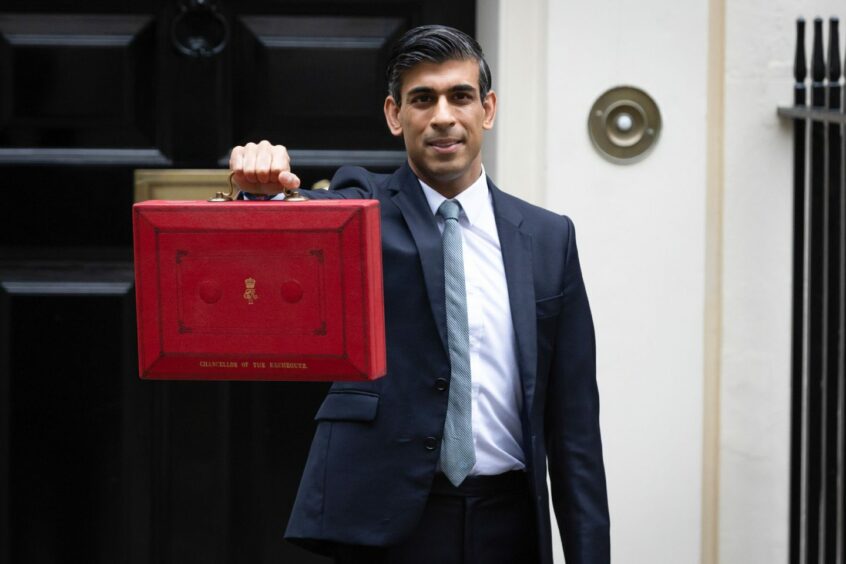
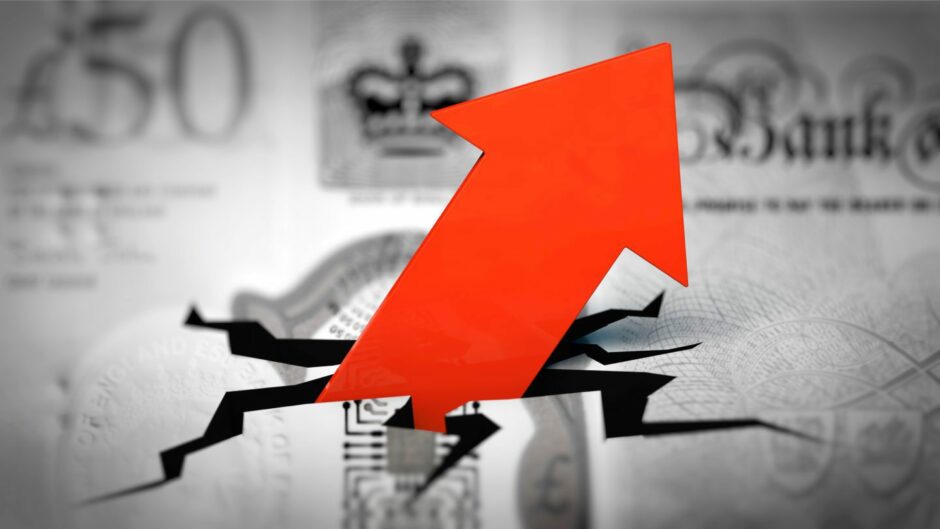
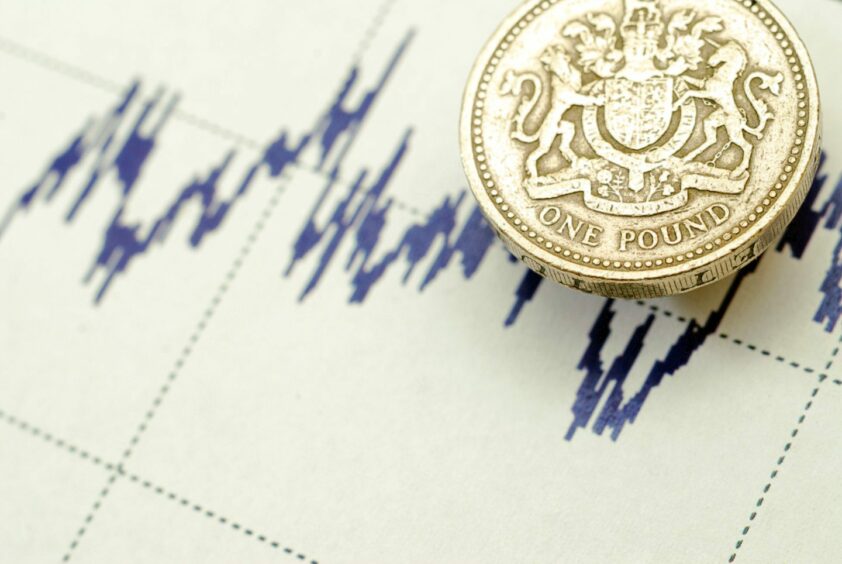
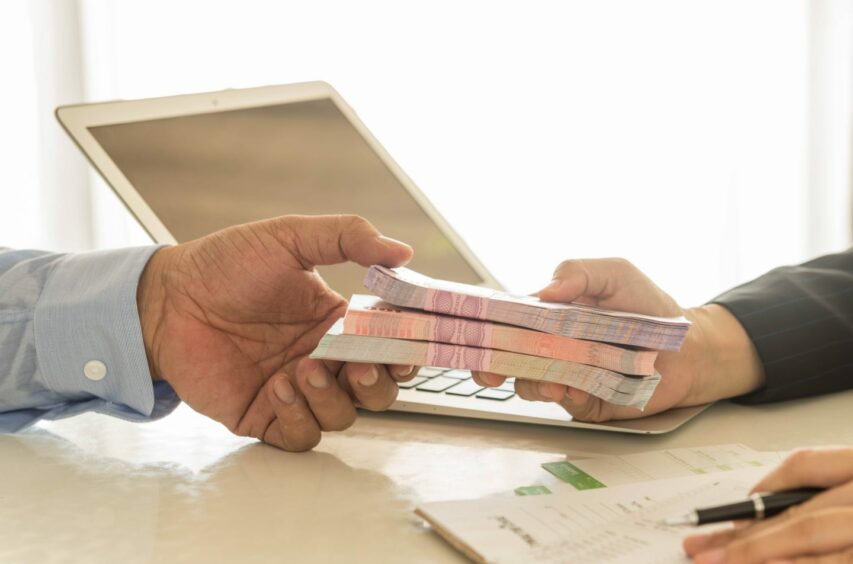
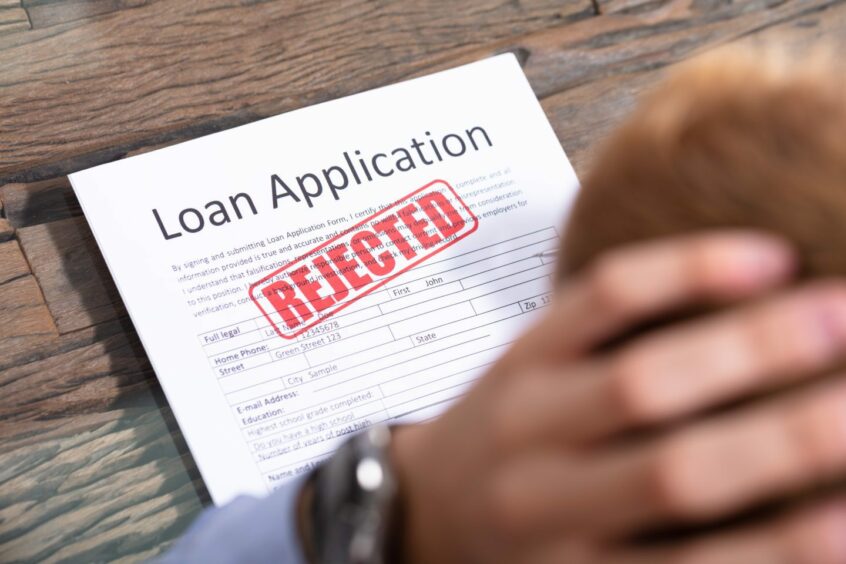
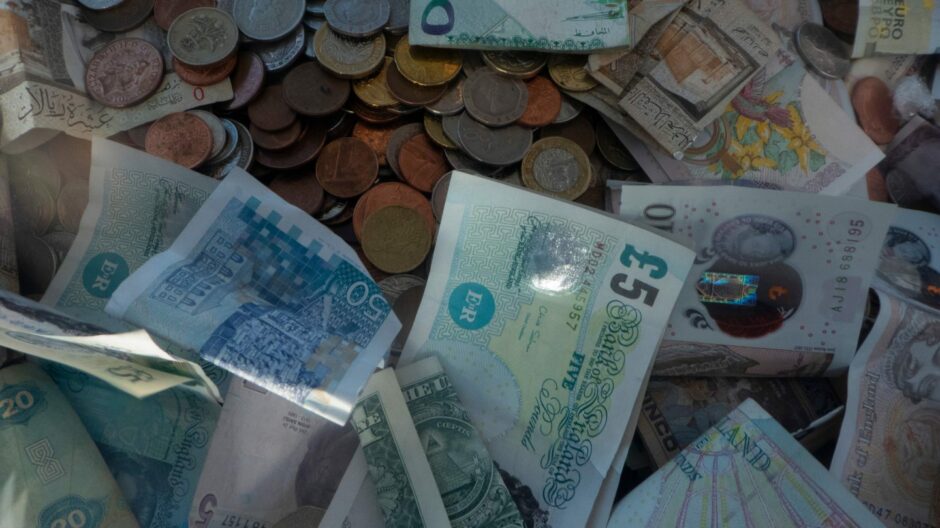
Conversation